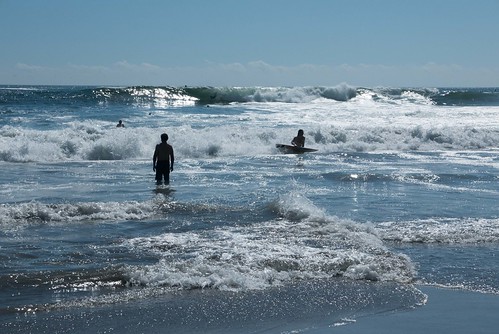
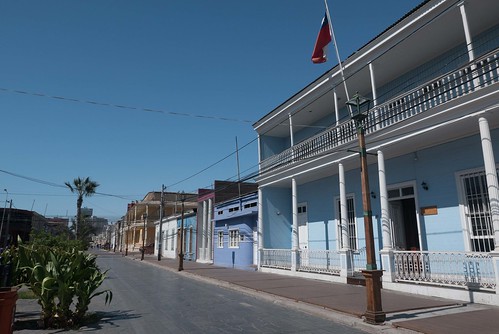
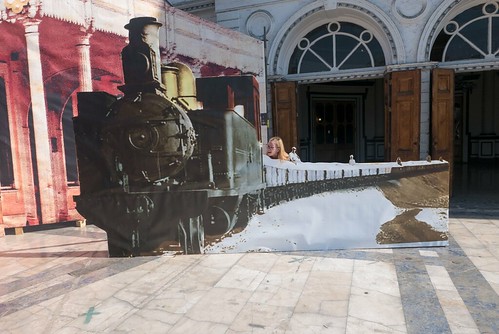
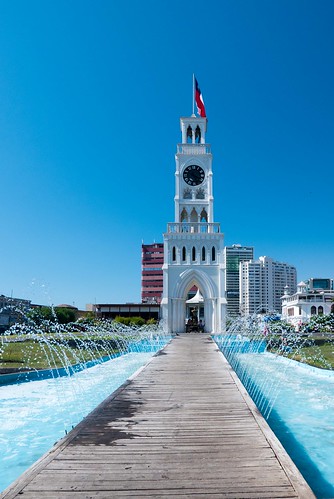
That evening's Thai food at El Tercer Ojito started off great but went downhill fast along with the service, but we'd bought enough bits at the supermarket to cook for ourselves for the next couple of nights in the excellent hostel kitchen. The dorm was OK but not particularly comfortable, and not helped by the crazy dogs outside who barked at anything that moved all through the night and early morning. Brunch at Antojos presented us with baps bigger than our head, proving that we'd still not learned our lesson about ordering too much food. Still, they set us up nicely for our afternoon paragliding. Iquique has the perfect climate for it, with the right mix of thermal winds which allow you to paraglide every day; my instructor Jakub had been doing it for twenty years. I'd done skydiving and parascending (where you're attached to a boat), but this was a new experience. With paragliding, you're driven to the top of a hill, attached to a parachute and your instructor, and he then opens the parachute and you run and jump off the cliff. At that point you're completely in his hands, as he catches the thermals and navigates you around with a couple of cables.
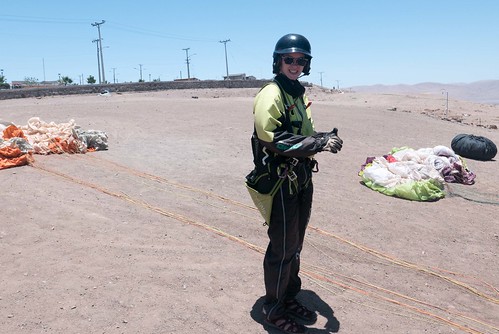
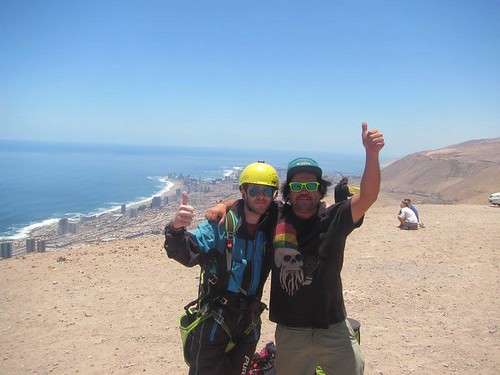
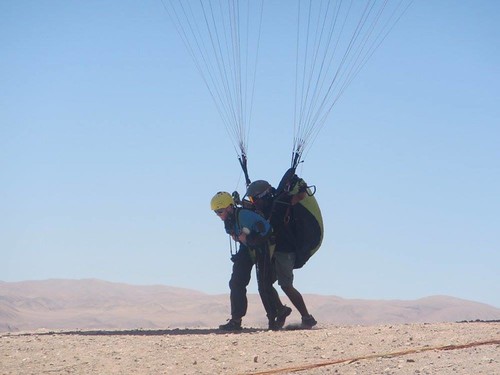


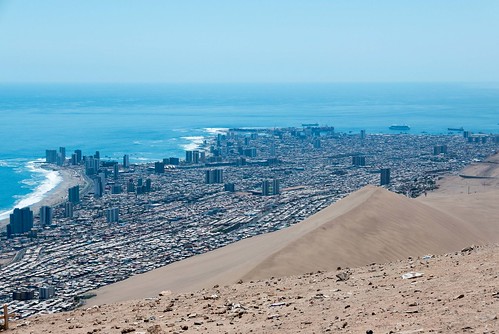
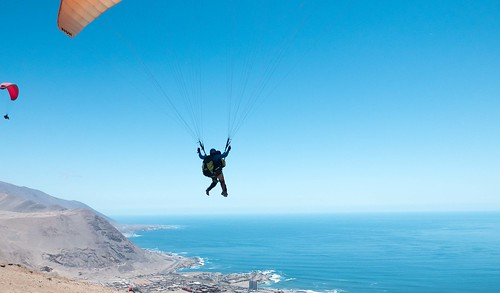
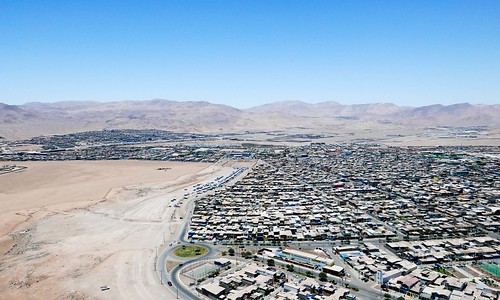
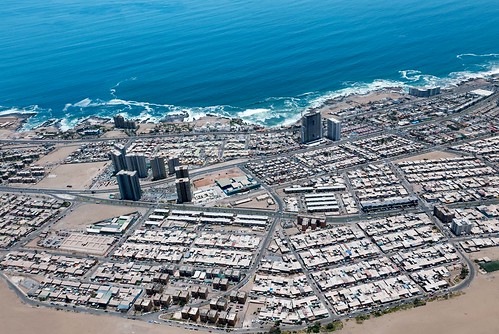
The great thing about paragliding was how calm it was. It's perfectly possible to take pictures as a passenger, and the turns were far gentler than the crazy swoops I'd experienced in New Zealand. In short, we both loved it, and the twenty minutes we were in the air felt like nothing. Apparently there are some paragliders that stay in the air for six to eight hours or longer, and travel hundreds of kilometres solo - that's how good the air currents are in the region. The landing spot is on a nearby beach, but if something goes wrong they sometimes need to land on a dune to the south. This isn't something they like doing though - the person who lands there the most in the course of a year has to pay for a BBQ for the entire company! Jakub had never landed there, and he didn't this time either (although I was inches from a palm tree as we came down!); Gilly's instructor was equally reliable.

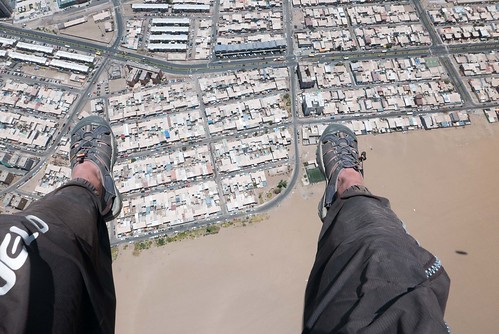
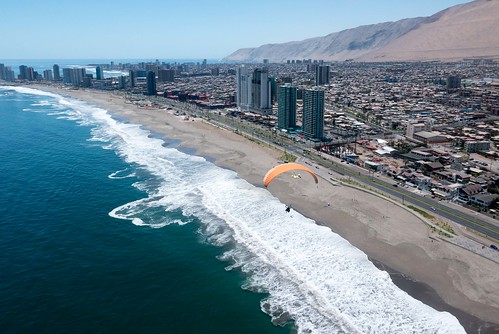

A more sedate afternoon trip to the rather dull regional museum followed, culminating in a dinner of rotisserie chicken from the supermarket (recommended by Sara and Richard) with rice, veg and wine. I'm not a huge fan of cooking on the road since one of the main pleasures I get from travelling is trying different local restaurants, but sometimes it's nice to but have to scour the area for eateries and do things yourself. It's also a hell of a lot cheaper.
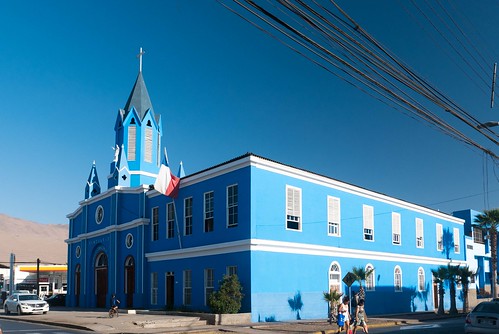
The second item on our Iquique agenda was Humberstone, and the following day's destination. Eschewing the tours going there, we simply hopped on a bus near the central market for a couple of quid each. Humberstone is a ghost town, situated around an old nitrate extraction facility. When the nitrate boom ended in the fifties, the facility became defunct and the last residents of the town left in 1960. While some of the machinery was disassembled, the rest was left along with the town itself. UNESCO rescued it in the nineties and opened it up to the public, with the majority of the town's main locations (town hall, hotel, theatre, and so on) relatively intact structurally, if not dilapidated after half a century of abandonment. Walking around the town is eerie, imagining how the residents used to live, including the pots and pans that had been left behind, seeing their accommodation allocated based on class and importance to the community, and wondering how they could sustain a life in the middle of nowhere. The nitrate extraction process was tough - the rock hammer we picked up weighed a ton! - and the heat must have been overwhelming. Still, they had plenty of medical care, including a hospital and dental surgery on-site, and plenty of performances at the theatre to while away the days. Even better, they had a costume room where you can dress up in the garments of the well to-do from back in the day, which Gilly immediately made a bee-line for. Five minutes later, we were sporting flowing dresses and top hats (the pictures will help you decide who wore what, in case of any confusion).
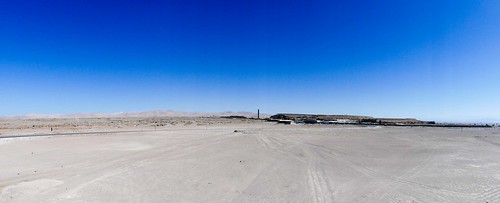
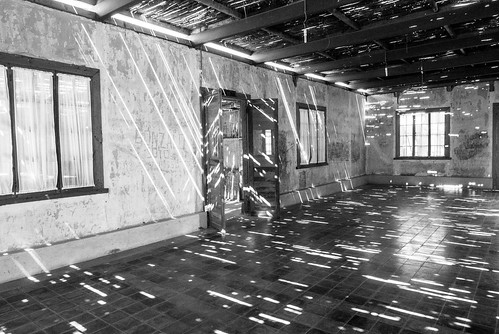
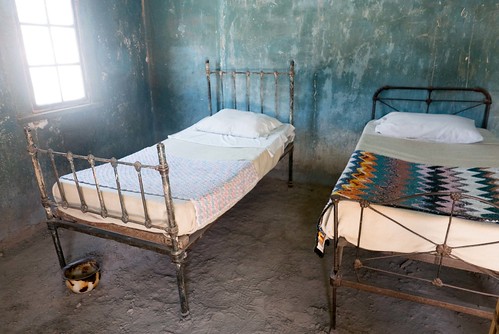
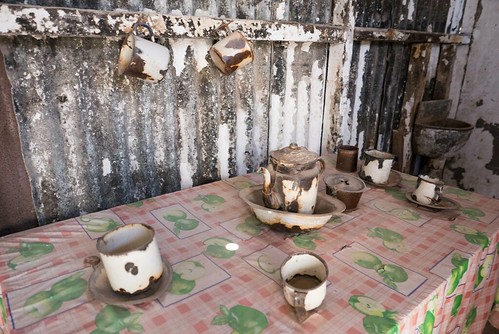
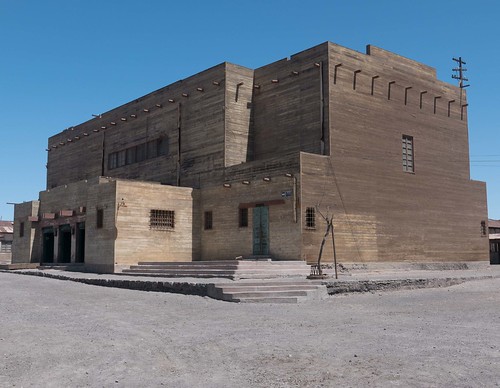

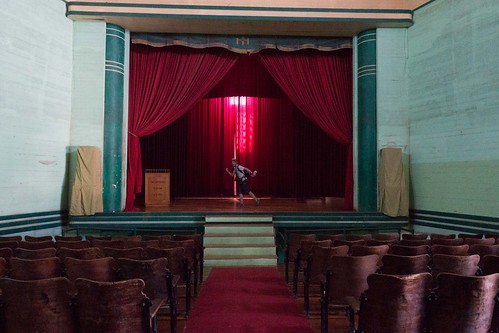
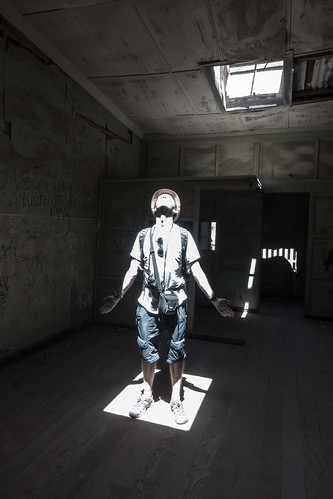
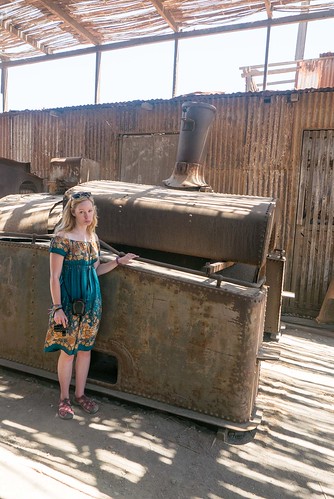
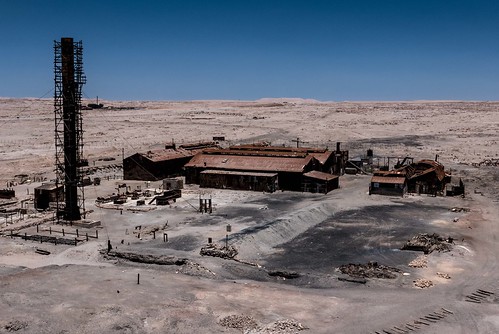
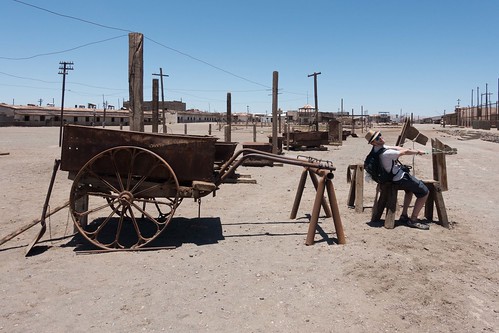
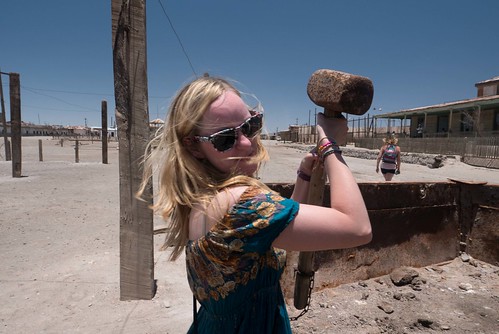
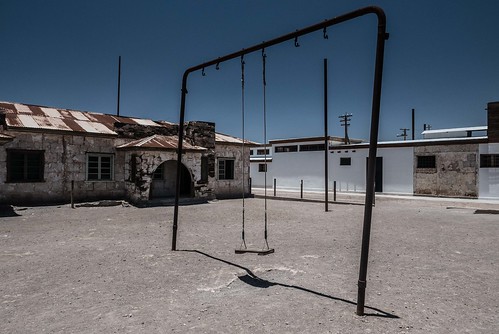
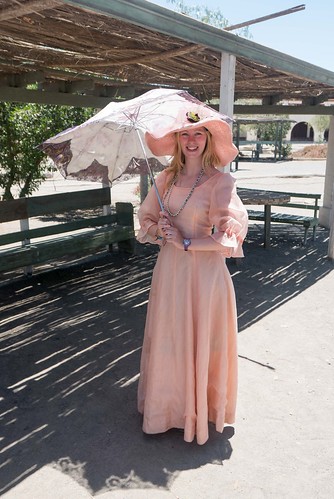


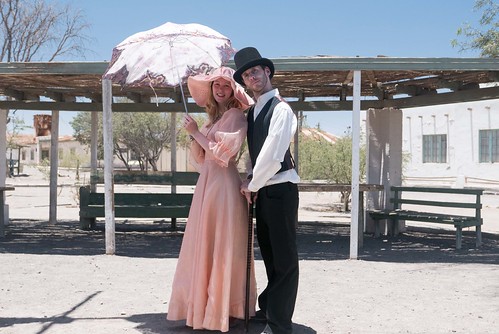

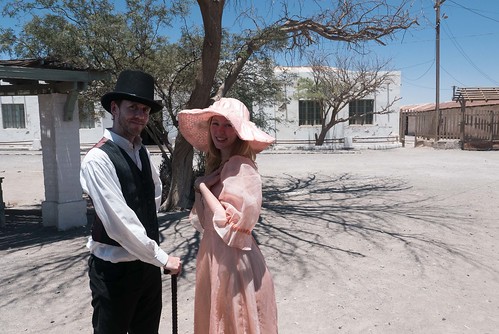
We must have spent a good three hours exploring the town before heading back; a very worthwhile trip. The evening was spent finishing off the chicken, pasta and wine and getting ready for another early start, as we were catching a morning bus to our final destination in Chile: San Pedro de Atacama.
No comments:
Post a Comment